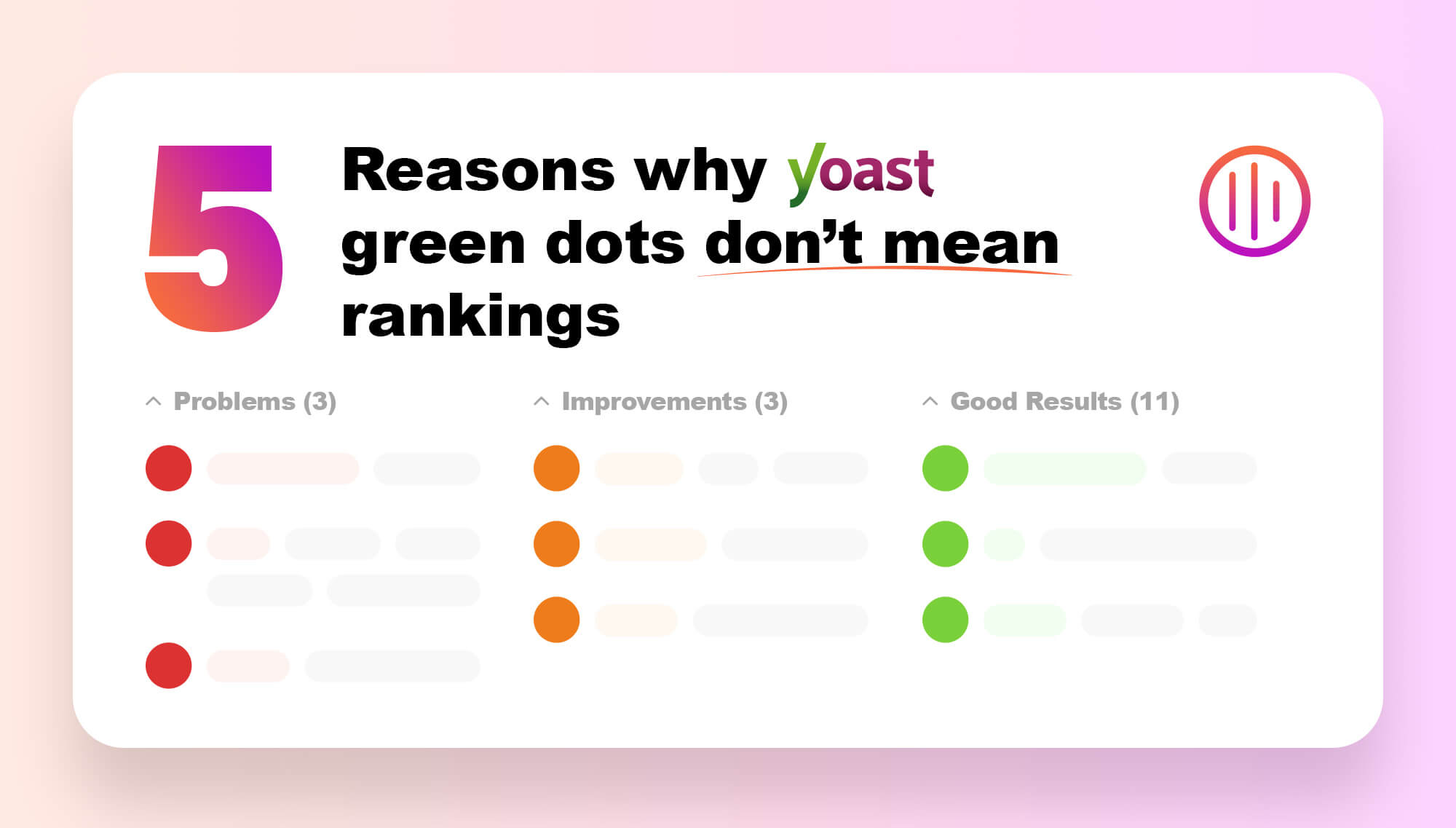Google “SEO is dead” and hundreds of articles will come up. The (erroneous) notion that search engine optimisation has had its day has been around for a couple of years now, with some digital marketing bloggers proclaiming that Google is killing off the discipline with its endless algorithm updates. In truth, however, SEO is alive and well. It’s just gone through a rebrand.
In the old days of SEO, link building, on site optimisation, social, and blogging all fell under the SEO banner. Since Google waged war on manipulative practices in the field, the discipline has developed to include more variables. Now, inbound marketing, social signals, PPC, email marketing, brand awareness, and blogging, are all part of the job of the SEOer.
Search engine optimisation, as a term, is barely able to cover all these bases. It has evolved to contain the concept of Content Marketing.
Don’t get us wrong, some of the practices covered by old SEO tactics remain. For example, dedicated specialists are more necessary than ever. Specialists who understand crawling, duplicate content and penalty issues, location targeting, content mark-up, on- and off-page ranking signals, and can orchestrate PPC and Remarketing campaigns, for example, play a valuable role in maximising your brand’s presence and performance online. In particular, specialists who are able to mine the analytics of a site to determine opportunity and problems with current strategy.
In short, you cannot define SEO in terms of a bunch of shady tactics that agencies used to use. It is not a set of fixed processes. SEO is a concept, a fine art. It’s also not new that planning, budget, and implementation should consider UX (user experience) as central, with attention paid to maintaining imagination and innovation beyond strict adherence to ‘rules’. It’s just that SEOers are just starting to pay attention, and realising that there is as much art as there is science to SEO, and always has been.
So once you’ve established that those old link building practices, and whatever other black/grey hat techniques you used to use, don’t work anymore, it’s time to take a look at what’s going to help your brand thrive in future.
The first, and most important thing of all is to put your customers at the centre of your digital strategy. Content Marketing is about building stories around your brand that are engaging and relevant.
Marketing is, at its core, a value exchange. It serves the needs of people in order to release business profit. This, as time has shown, is best achieved through the use of good content. Your site, and all your marketing materials (including social, email and on site blog) should be filled with dynamic, well-written content that is both relevant to your audience, and answers their questions.
Whenever a web user performs a search, they are looking for an answer to a question that they have. Your job is: a) to discover what questions they are asking; and b) answer those questions within the context of a beautiful page.
By thinking about people, their online journey and their needs, by thinking holistically, marketers can realise their search engine traffic goals. However, serving the customer whilst attracting more visitors via search engines is just one element of traffic generation.
Combining your Content Marketing strategy with the technical elements of good SEO practice, as per what the dedicated specialists we mentioned above will do, you connect your relevant content with the relevant searches being made on search engines.
To conclude, SEO is at its best when the tension between technical and creative knowledge is balanced. Rankings are not fully dependent on the elusive back-end work of the techie. They are also a result of co-ordinated marketing activities that have benefits across social media, online PR, and brand building in general –online and in print, email, and ‘real life’ PR settings.
The technical and creative are symbiotic elements, in SEO as much as in life itself, and the truth is that they always have been.





